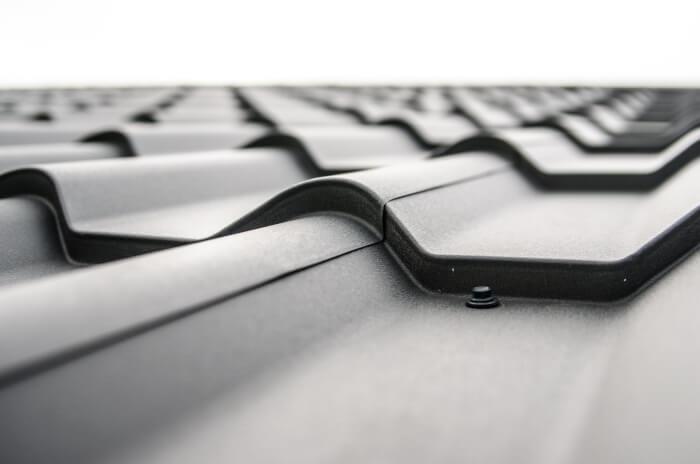Different roofers say, the importance of keeping your home’s roof in its best state cannot be overstated. Your roof is the first line of defense against the wrath of the elements such as snow, sleet, hail, wind, and rain that Mother Nature can bring. Understanding the kinds of damage that can arise within a roof will help you identify potential problems and resolve them before your roof’s ability to protect the home is compromised.
Water Damage
Once even the tiniest trickle of water has had the chance to penetrate your roof, it slowly paves the way for more and more water, while the hole that started the mess widens. Anyone who’s sustained water damage to the interior of the home knows just how destructive it is. Water that sneaks into the house can cause mold, rot, and unhealthy breathing conditions.
Detecting Water Damage
If you have attic access, after any heavy rain, take a look at the underside of the roof. Look for water spots or discoloration. With the lights off, look for pinpricks of light in the roofing.
Within the rest of the home, keep an eye on your ceilings for signs of water damage to include discoloration, water beading, or mold accumulation.
Neglect
All roofs need a little TLC here and there, especially roofs with shingles. If you assume your roof is in good shape and you never inspect it, chances are some damage caused by the elements or stray physical objects will accrue, leaving you and your home vulnerable.
Be sure to check both the interior and exterior portions of your roof for signs of missing or misplaced shingles, holes and leaks, deteriorated flashing, etc.
Heat Damage
Not only does your roof have wind and rain to deal with, in climates with intense summers, it may also have to contend with blistering heat as well. Heat can damage roof shingles, causing them to crack or curl. If these shingles aren’t repaired, your roof won’t be able to protect the interior of your home properly. Then, you will be spending money on getting roofing experts to inspect your home.
Inspect the exterior of your home each summer, looking for cracked or curled shingles. Check the flashing as well for signs of aging due to heat.
Tree & Pest Damage
Older homes, in particular, have a problem with trees that grow too close to the house, causing its branches to hang over the roof. Leaves that fall from these branches can clog a gutter in no time. Branches also create a way for critters to access the home, opening up the possibility of them making your home their home too.
Cut back tree limbs that may pose a problem, especially if you live in an area that experiences falling limbs on a regular basis due to storms and high winds. Additionally, inspect your gutters on a regular basis to ensure they stay clean for proper rainwater drainage.
If you want to give your roof the longest life possible, inspect it from the top and the bottom regularly. Look for holes both big and small, missing shingles, cracked shingles, curled shingles, and damaged flashing. With a little maintenance up front, you’ll enjoy a problem free roof for a very long time.








